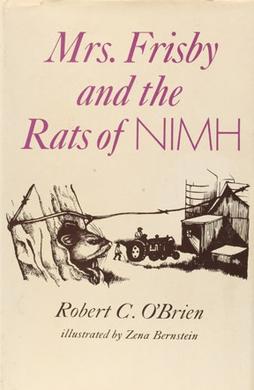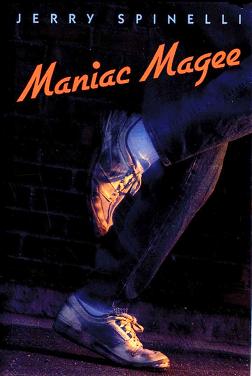CIVIL WAR:
 | |
| Charles Wesley Chapman, captain of company K of the 63rd Pennsylvania Volunteers. Killed while on picket 3 March 1862. |
 |
| Flag of the 40th Pennsylvania Volunteers, the regiment in which John W. Strickler fought. He died in Andersonville Prison as a prisoner of war on 27 August 1864. |
Private Paul W. Tatem was the brother-in-law of my great-great aunt, Reumah Anne Wood Tatem. He was part of the 19th Pennsylvania Volunteers and was killed in action on 2 April 1863. I have no photo of him.
World War One
Preston Ray Roach was a third cousin of my paternal grandfather, Charles William Wood. He was part of the 319th Infantry of the American Expedition Forces and died in 1918. I don't have specific information on his death, but I assume he was killed in battle. I do not have a picture of him and am looking for more information on the circumstances of his death.
World War Two
 |
| Howard William Young, SSG, gunner and engineer, 442nd Bomb Squadron |
Staff Sergeant Howard William Young was the second cousin of my maternal grandfather, Ernest Waldspurger. His plane was shot down over the Mediterranean sea near Ladispoli, Italy on 29 January 1944 and all seven men on board were never recovered.
George D. Shields was a fourth cousin of my father. He was a flight officer with the 85th Squad, 79th Fighter Group in the Army Air Corps. He was killed in action in 1944. I do not have a picture of him and am looking for more information on the circumstances of his death.
Richard Bragg was another fourth cousin of my father. He was killed in the Battle of Normandy, France on 18 July 1944. I do not have a picture of him and am looking for more information on the circumstances of his death.
Killed While Serving
 |
| David Waldspurger, Airman First Class |
David Allen Waldspurger was my mother's first cousin. He was not killed in action for his country, but died in a car accident near his base in Florida on 29 October 1972 at the age of twenty. I have chosen to include him in this list because he was active duty at the time of his death.



